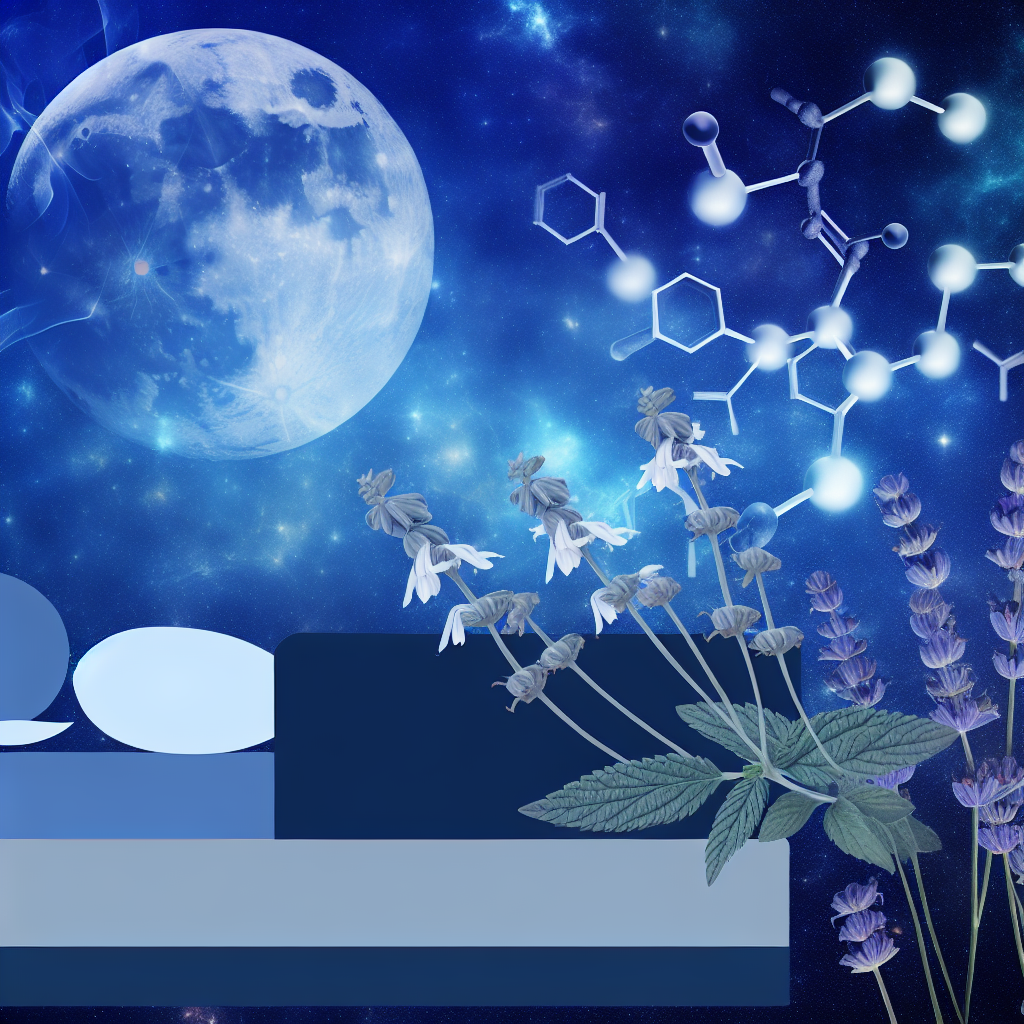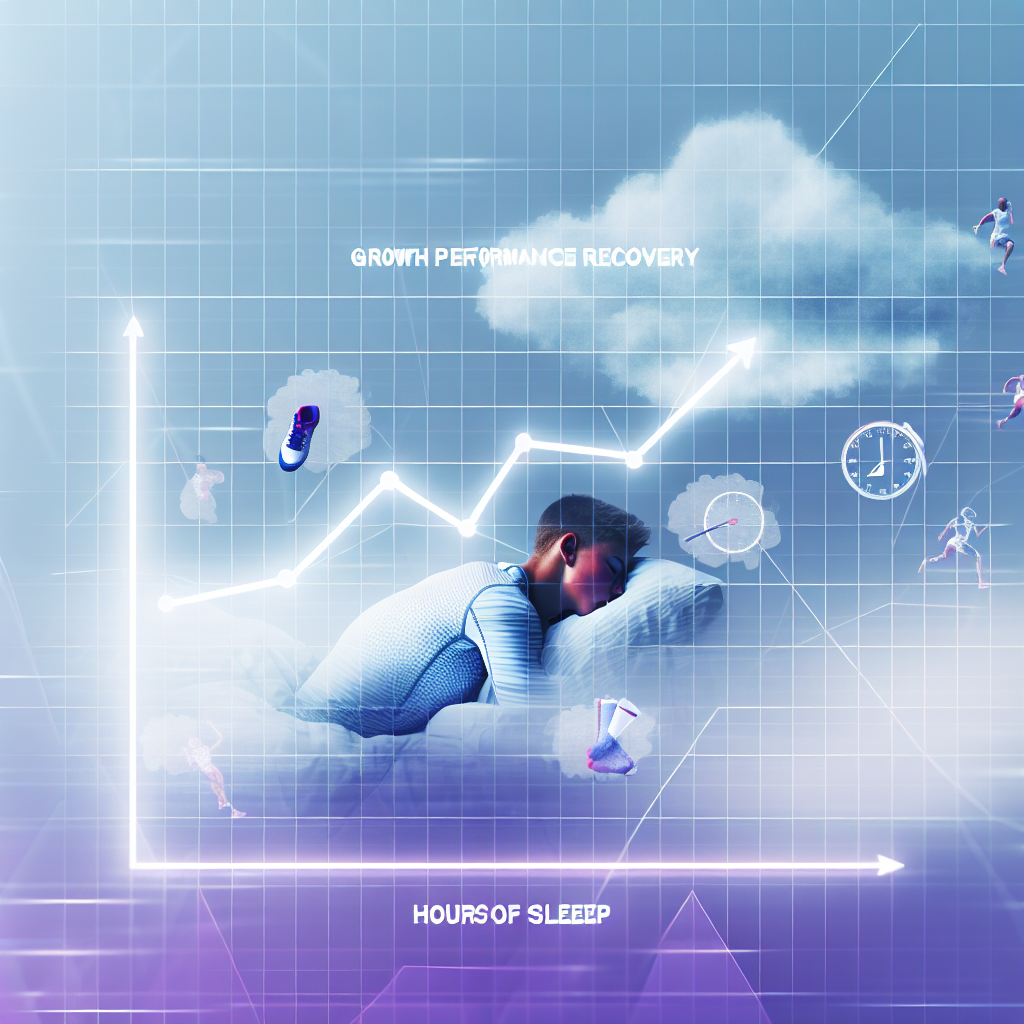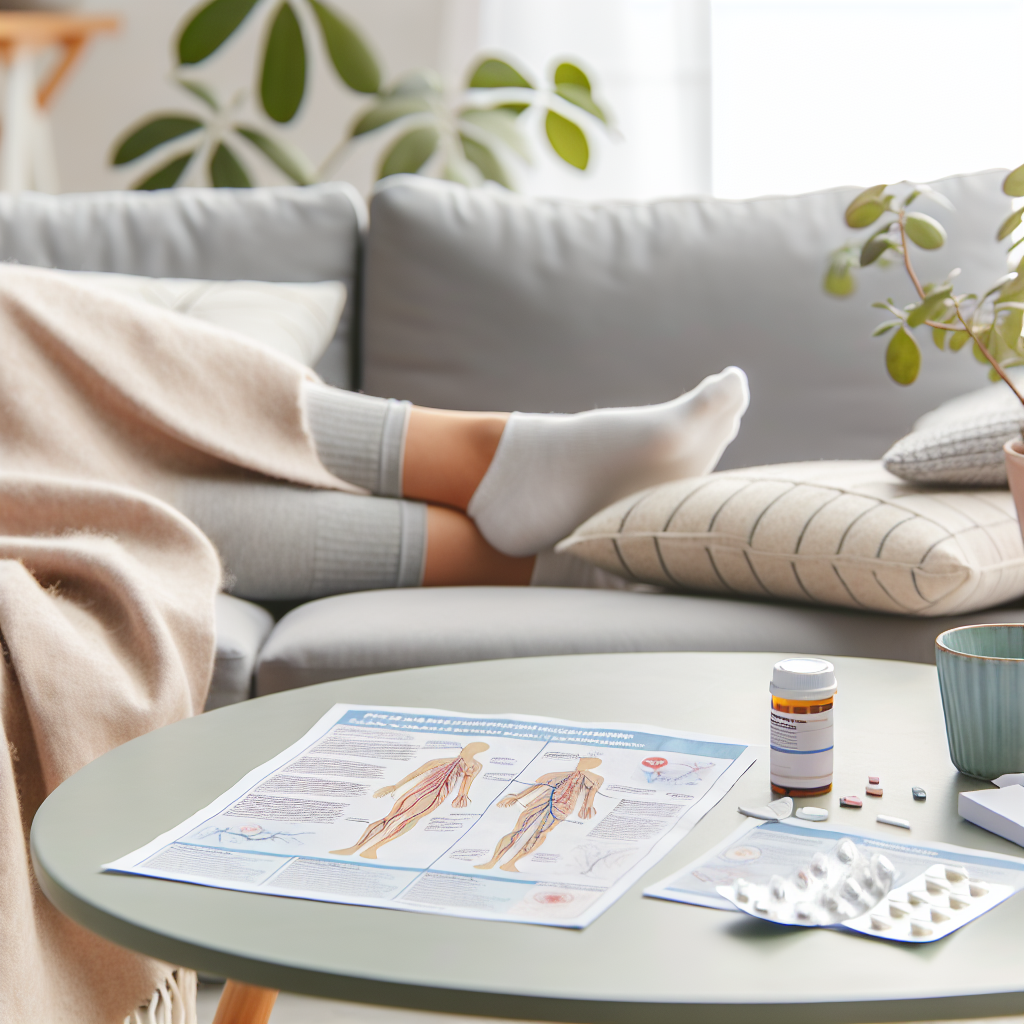Redesigning Our Relationship With Blue Light: Beyond Basic Blocking
In today’s digital landscape, screens are pivotal to productivity and entertainment. But our dependence on them has brought a new challenge—constant exposure to blue light. While quick fixes like blue light-blocking glasses have been promoted for years, cutting-edge research reveals there’s much more to the story. This blog explores how blue light impacts our sleep, mood, and well-being, and provides actionable tips for optimizing its effects.
The Dual Nature of Blue Light: Friend or Foe?
Blue light isn’t inherently harmful—it’s a vital component of the visible light spectrum. The brilliance of blue wavelengths during the day boosts alertness, cognitive function, and mood by stimulating serotonin production. Yet, there’s a catch: artificially prolonged exposure in the evening impacts melatonin production, which is essential for sleep. This dual nature means we must understand when blue light helps us and when it hinders us.
What Science Tells Us About Blue Light and Sleep
Groundbreaking research, like the study published in the Journal of Biological Rhythms, has shown that short-wavelength blue light (460–480 nm) heavily suppresses melatonin at night. Even short periods of screen exposure before bedtime can delay sleep by over 30 minutes. Understanding this connection provides a critical first step in designing healthier evening habits.
Why Daytime Blue Light Exposure Is Just as Important
While blue light often gets a bad rap, natural exposure to daylight enhances our circadian rhythms. A University of Toronto study confirmed that regular exposure to sunlight during the day improves alignment with our biological clock, translating to improved sleep quality at night. The lesson? Blue light is beneficial—just not around bedtime.
Timing Matters: Strategic Exposure to Blue Light
Is total elimination of blue light practical or advisable? Not necessarily. Research published in Nature & Science of Sleep highlights the benefits of timed and intentional exposure. A morning dose of intense blue light can boost mood, focus, and productivity, while gradually reducing exposure post-sunset helps improve sleep. Strategic timing, rather than blunt blocking, may be the game changer in blue light management.
Blue Light Blocking Glasses: Are They the Silver Bullet?
Devices like blue light-blocking glasses are increasingly popular, but are they enough? According to a review in Chronobiology International, these glasses enhance sleep duration and cognitive performance when used at night. However, researchers caution that they should complement other lifestyle modifications, not replace them.
The Rise of “Blue Light Mindfulness”
Enter “blue light mindfulness”—a proactive approach to managing light exposure. With innovations such as tunable LEDs that adjust color temperatures throughout the day, workplaces, schools, and healthcare facilities are adopting circadian-friendly lighting solutions. This shift represents a movement toward coexisting harmoniously with artificial light.
Practical Tips for Designing a Healthy Blue Light Routine
1. **Embrace Daylight Exposure:** Spend time outdoors or near windows during the day to support natural circadian rhythms.
2. **Limit Screens Before Bed:** Avoid digital devices at least an hour before sleeping.
3. **Use Blue Light-Blocking Tools Wisely:** Glasses and screen filters can be helpful but work best with other lifestyle changes.
4. **Invest in Circadian-Friendly Technology:** Consider tunable LED bulbs or smart lighting to align with your biological clock.
5. **Be Mindful of Evening Habits:** Replace digital activities with relaxing alternatives like reading or meditation at night.
Conclusion: Let There Be Balanced Light
Blue light itself is not the enemy. It’s our lack of mindfulness around when and how we expose ourselves to it that causes disruption. By prioritizing balance and timing, and integrating tools like screen filters and circadian-friendly lighting, we can build a healthier relationship with this ubiquitous wavelength. Harness blue light for its daytime benefits, minimize its evening risks, and use science to guide your habits. With these strategies, optimal sleep and better well-being are well within reach.
Summary:
This article explores the dual nature of blue light and provides actionable tips for optimizing its effects. It delves into the impact of blue light on sleep, mood, and well-being, and highlights the importance of strategic exposure and the use of blue light-blocking tools. The article emphasizes the rise of “blue light mindfulness” and offers practical recommendations for designing a healthy blue light routine.

Dominic E. is a passionate filmmaker navigating the exciting intersection of art and science. By day, he delves into the complexities of the human body as a full-time medical writer, meticulously translating intricate medical concepts into accessible and engaging narratives. By night, he explores the boundless realm of cinematic storytelling, crafting narratives that evoke emotion and challenge perspectives.
Film Student and Full-time Medical Writer for ContentVendor.com




